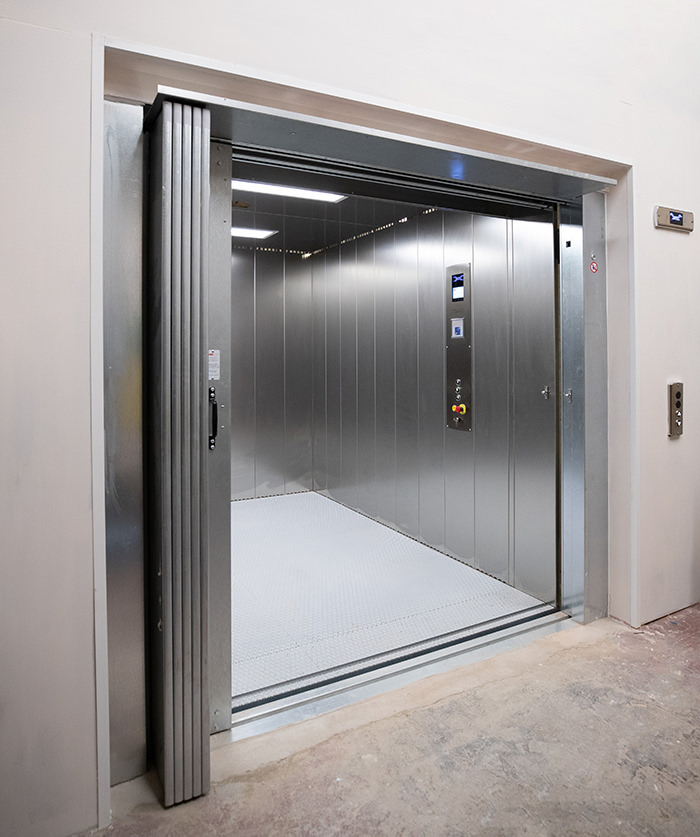Looking Into the Globe of Lifts: Common Concerns Encountered by Numerous Lift Systems
As we navigate through the vertical transport systems of modern buildings, lifts stand out as an important element of our everyday lives. From hydraulic elevators to traction systems and machine-room-less designs, each lift type comes with its set of common problems.
Hydraulic Lifts
Hydraulic elevators, frequently liked for low-rise structures, make use of fluid stress to control the movement of the elevator cars and truck (lift repair companies). This system includes a hydraulic pump pushing oil into a cyndrical tube, causing the elevator to relocate the desired direction. While hydraulic lifts are known for their peaceful and smooth procedure, they do feature their own collection of common issues
One common problem with hydraulic elevators is oil leak. In addition, concerns with the control system, such as faulty valves or a malfunctioning pump, can trigger disturbances in the lift's activity.
Normal maintenance and prompt repairs are vital to ensure the smooth performance of hydraulic lifts. By addressing these common issues proactively, building proprietors can decrease downtime and make sure the safety and security and effectiveness of their upright transport system.
Grip Lifts
When taking into consideration upright transportation systems in buildings, one more common kind other than hydraulic lifts is the grip lift. Grip elevators run using a system of ropes and weights that move the elevator car by clutching onto the hoist ropes. This device permits smoother and much faster vertical transportation compared to hydraulic systems.
One of the usual issues faced by grip elevators is rope wear. The consistent motion of the ropes within the grip system can cause put on and tear gradually, possibly causing the elevator to breakdown or end up being dangerous for use. Routine evaluations and upkeep of the ropes are necessary to guarantee the elevator's proper functioning and security.
An additional problem that traction lifts might come across is associated with the control system. Problems with the control system can bring about concerns such as irregular activity, delays in feedback times, or even complete shutdowns. Regular screening and upkeep of the control system are critical to protect against such problems and make sure the elevator's integrity.
Machine-Room-Less (MRL) Lifts

Among the essential parts of MRL lifts is the small gearless traction machine that is set up within the hoistway. This device successfully drives the lift cars and truck without the demand for bulky devices discovered in traditional traction elevators. Additionally, MRL lifts normally make use of a weight system to stabilize the automobile, more improving their power performance.
Regardless of their benefits, MRL lifts may face challenges related to maintenance and repair work due to the confined room for equipment installation. Access for servicing elements within the shaft can be restricted, calling for specialized training for technicians. Appropriate upkeep timetables and routine assessments are vital to make certain the ongoing smooth procedure of MRL elevators.
Overloading and Weight Limitation Issues
Are lifts outfitted to manage excess weight tons effectively and safely? Overwhelming and weight restriction concerns are crucial problems in elevator procedures. Lift makers design raises with specific weight abilities to ensure passenger security and tools long life. Going beyond these weight restrictions can bring try these out about various problems, including mechanical failures, delays, and security risks.
When elevators are overwhelmed, it places too much strain on the electric motor, wires, and other parts, potentially triggering break downs or malfunctions. Security systems such as sensing units and overload sensing units are in location to protect against lifts from relocating if they detect excess weight. In addition, surpassing weight limitations can bring about raised power consumption and damage on the elevator system.
To minimize overloading issues, constructing managers need to plainly present weight limitations in lifts and enlighten owners on the value of adhering to these limitations - lift repair companies. Normal upkeep checks by certified professionals can also help guarantee that lifts are running within safe weight specifications. By attending to overloading and weight restriction problems proactively, structure owners can improve elevator safety and efficiency
Electrical System Failings
Going beyond weight limits in elevators can not only lead to mechanical problems but additionally possibly add to electric system failures within the lift framework. Electric system failures are an essential concern in lift operation, as they can cause unforeseen closures, breakdowns, or also security threats.
Regular upkeep and evaluations are essential to recognize and address possible electric problems quickly, making sure the risk-free and effective operation of elevator systems. By adhering to weight limits and conducting regular electrical system checks, building proprietors can alleviate the threat of electric failures in elevators.
Verdict

Hydraulic lifts, commonly preferred for low-rise structures, use fluid stress to control the activity of the lift automobile.When taking into consideration vertical transport systems in structures, one more typical type aside from hydraulic lifts is the grip lift. Traction elevators run making use of a system of ropes and counterweights that move the elevator auto by gripping onto the hoist ropes. Unlike traditional lifts that require a different equipment space to house the devices, MRL elevators incorporate many of the components within pop over to this site the shaft, removing the requirement Continued for a devoted maker area.In verdict, elevators deal with typical issues such as hydraulic malfunctions, grip system failures, and electric system issues.